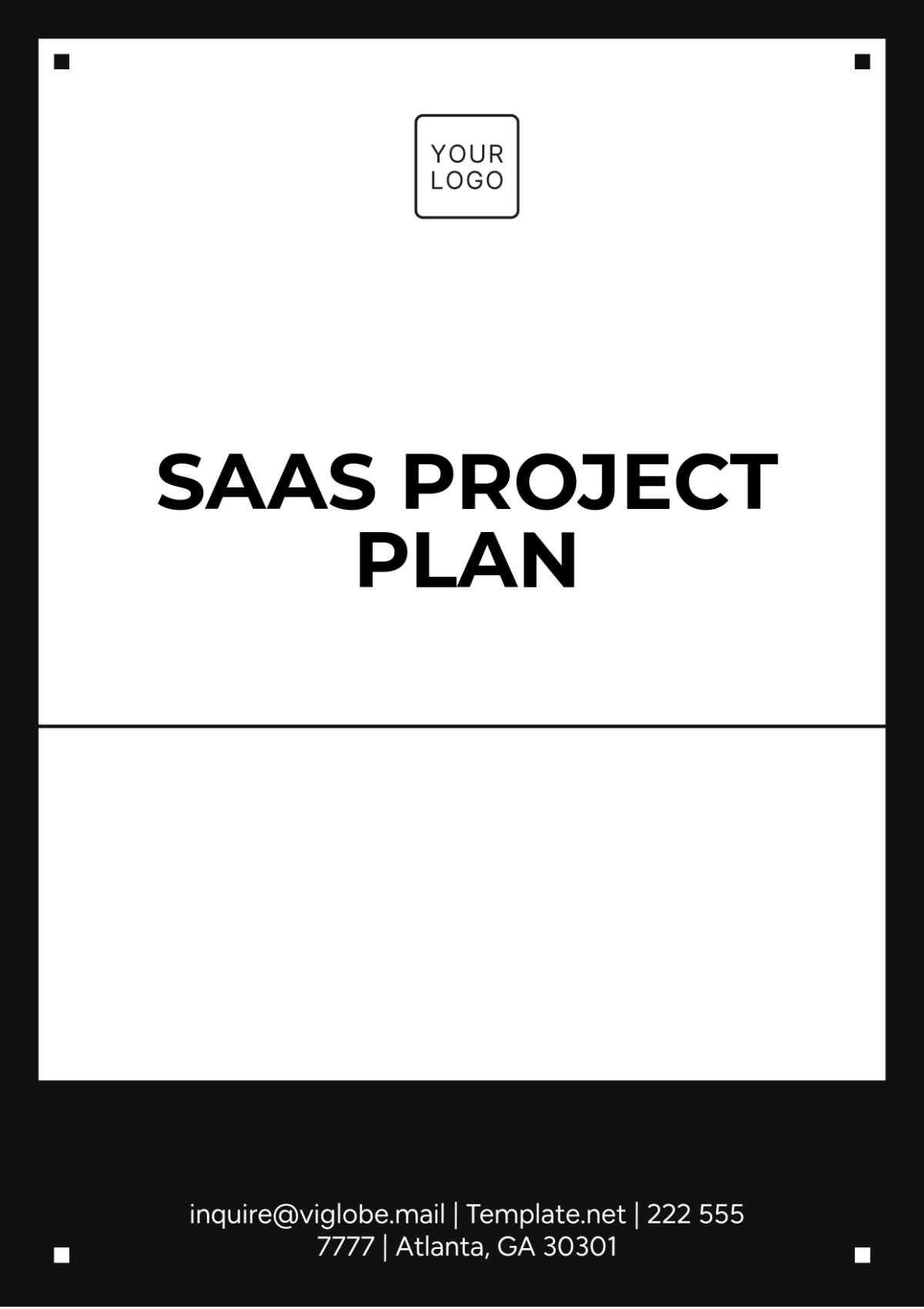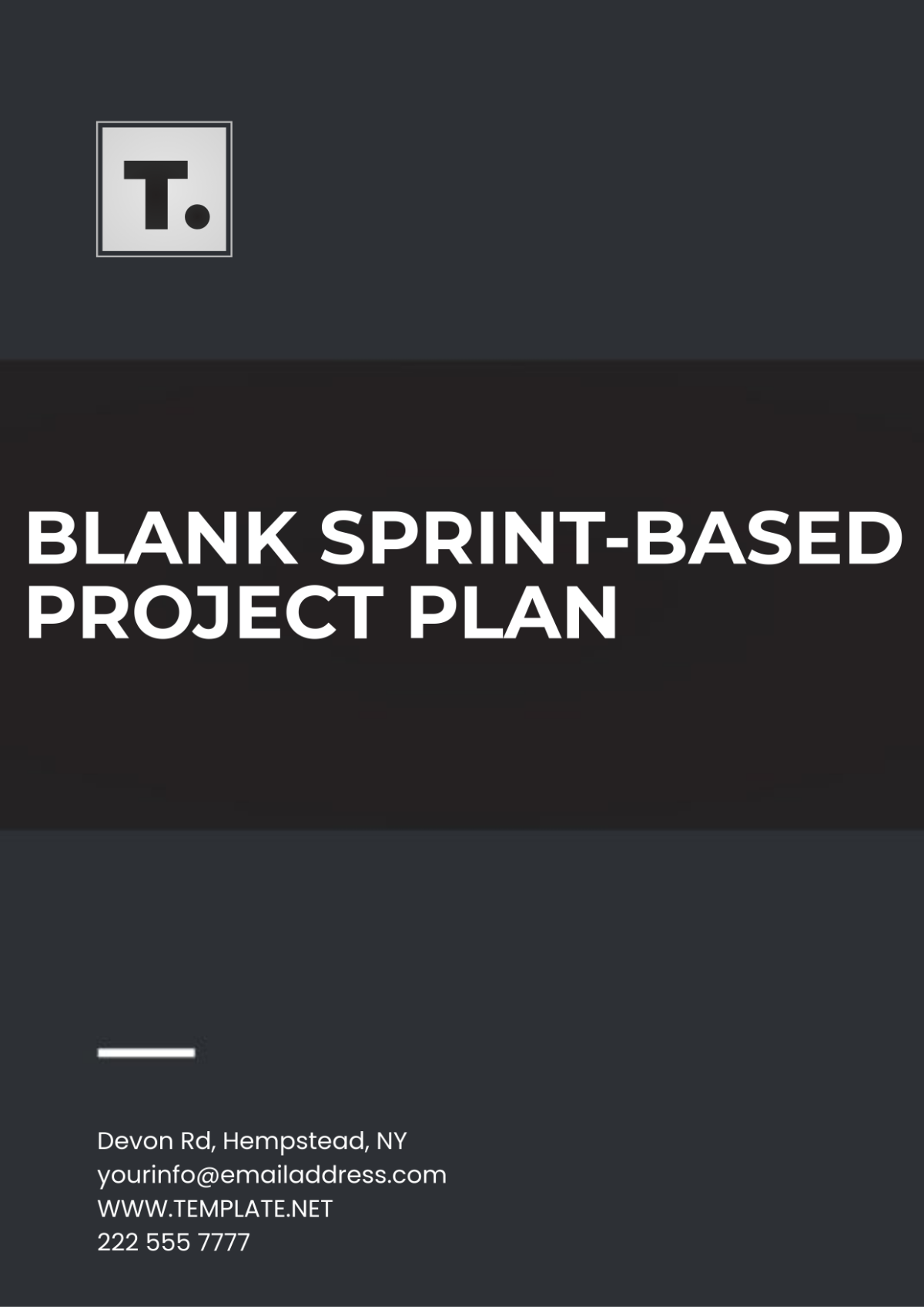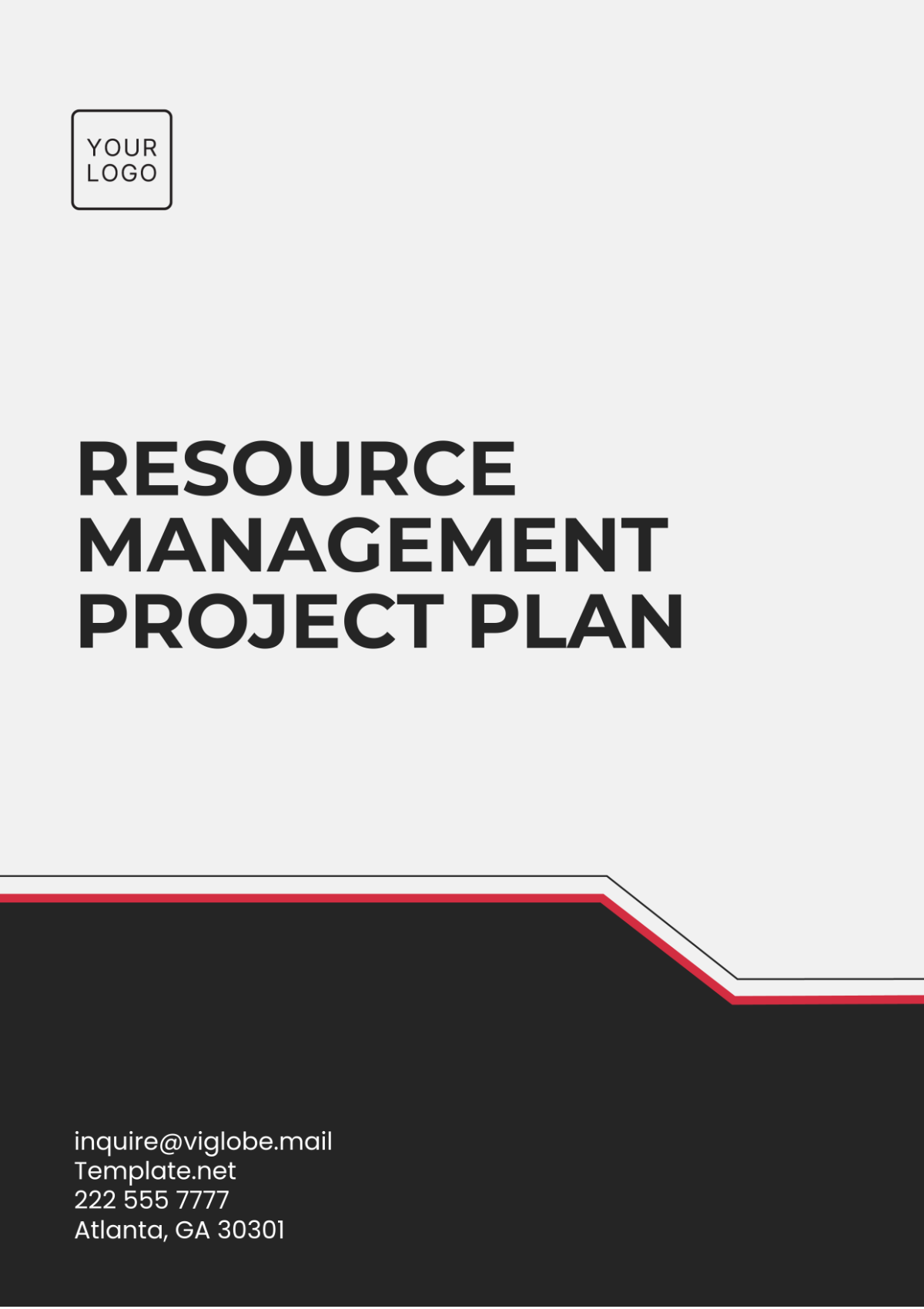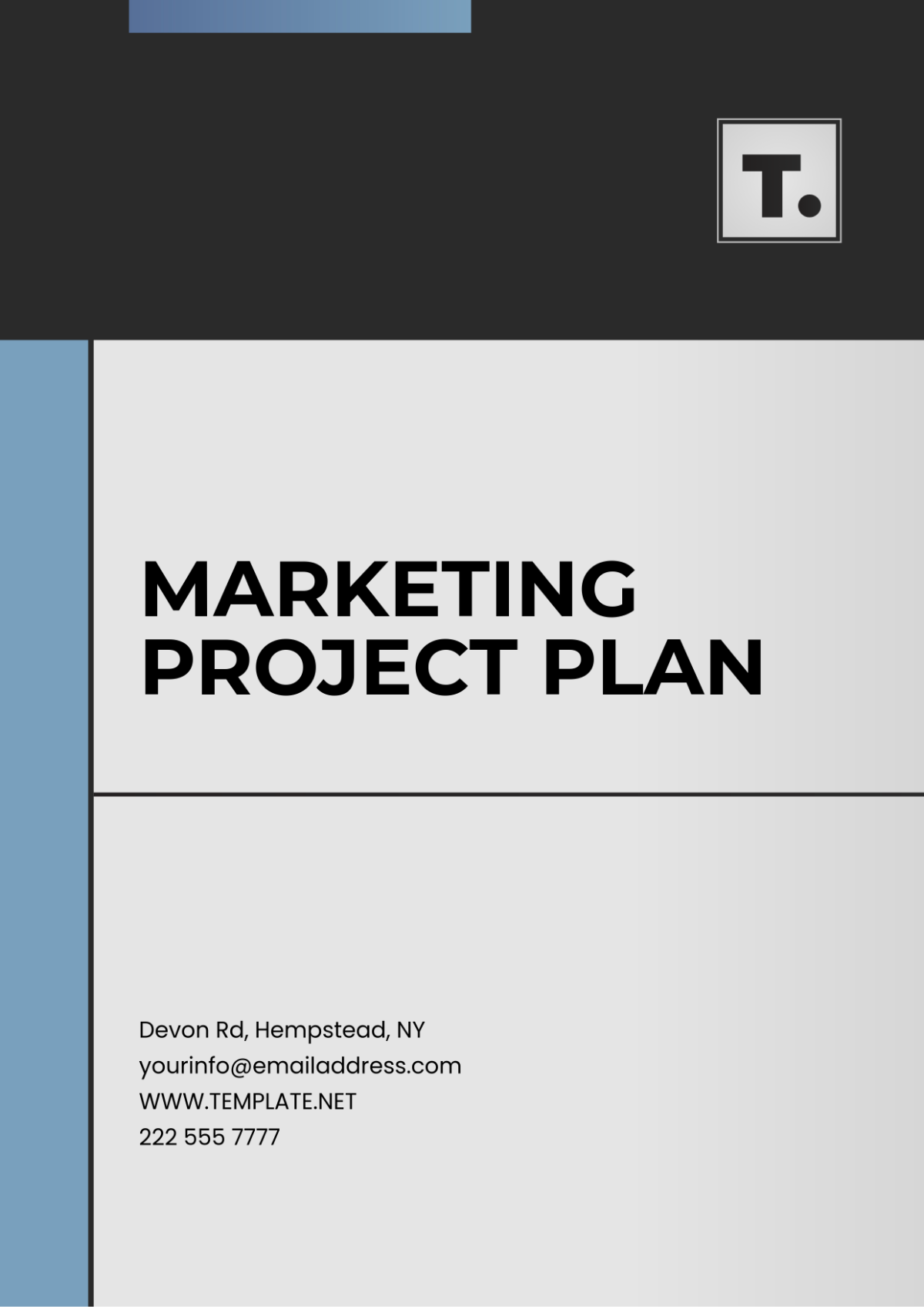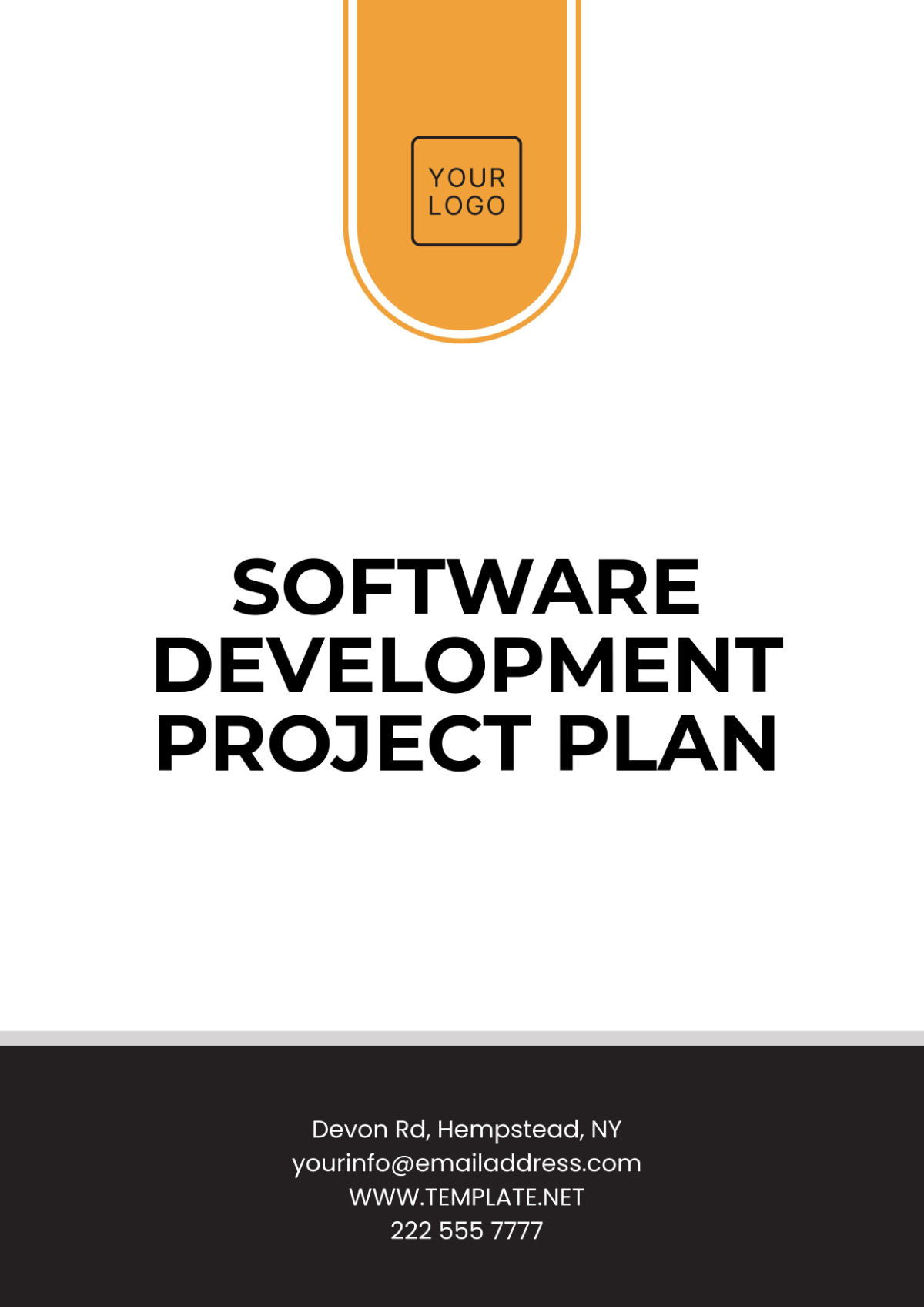Acquisition Project Plan
Company: | Department: | Date: |
|---|
[YOUR COMPANY NAME] | [YOUR DEPARTMENT] | [DATE] |
I. Introduction
A. Overview
This Acquisition Project Plan outlines the strategic approach for [YOUR COMPANY NAME] to expand its market presence and diversify product offerings through strategic acquisitions.
B. Scope
The project will focus on identifying and acquiring companies that complement [YOUR COMPANY NAME]'s existing business and align with its long-term strategic goals.
II. Pre-Acquisition Planning
A. Market Analysis
Conduct market research to identify growth opportunities and potential acquisition targets in complementary industries.
Market Segment | Industry Trends | Competitive Landscape | Growth Opportunities |
|---|
Segment A | 10% CAGR in the last 5 years | Fragmented market | New market segments |
Segment B | Emerging technologies | Dominated by few players | Technological innovation |
Segment C | Shift towards sustainable solutions | Intense competition | Market expansion |
B. Financial Assessment
Evaluate the financial health of potential acquisition targets to ensure they are financially viable.
Financial Metric | Target Company A | Target Company B | Target Company C |
|---|
Revenue Projections (5 yr) | $50 million | $30 million | $80 million |
Cost Synergies | $5 million | $3 million | $10 million |
Profitability Analysis | EBITDA margin of 15% | Net profit margin of 8% | ROI of 20% |
Funding Requirements | Debt/Equity ratio of 0.5 | Cash reserves of $20 million | Financing options available |
C. Due Diligence
Perform due diligence on shortlisted targets to assess their legal, financial, and operational status.
Legal Aspects | Financial Aspects | Operational Aspects | Regulatory Compliance |
|---|
Contracts review | Financial statements | Supply chain analysis | Regulatory filings |
Intellectual property | Debt obligations | IT infrastructure | Environmental regulations |
Litigation history | Revenue sources | Manufacturing processes | Industry standards |
III. Acquisition Strategy
A. Target Identification
Develop criteria for selecting acquisition targets that align with [YOUR COMPANY NAME]'s strategic objectives.
Criteria | Weighting | Target Company A | Target Company B | Target Company C |
|---|
Market Fit | 30% | High | Medium | High |
Synergy Potential | 25% | High | Low | Medium |
Growth Opportunities | 20% | Medium | High | High |
Financial Performance | 25% | Strong | Weak | Moderate |
B. Negotiation and Valuation
Develop strategies for negotiating and valuing potential acquisitions.
Valuation Method | Target Company A | Target Company B | Target Company C |
|---|
Comparable Analysis | $60 million | $20 million | $90 million |
Discounted Cash Flow | $55 million | $25 million | $85 million |
Asset-based Valuation | $65 million | $30 million | $95 million |
C. Legal and Regulatory Considerations
Address legal and regulatory requirements associated with acquisitions.
Legal Aspect | Target Company A | Target Company B | Target Company C |
|---|
Antitrust Regulations | Compliant | Pending review | Compliance pending |
Intellectual Property | Strong portfolio | Infringement risk | Licensing issues |
Contractual Obligations | Clear | Pending review | Renegotiation requirements |
Compliance Certifications | ISO 9001:2015 | Not available | Regulatory filings |
IV. Integration Planning
A. Integration Framework
Develop a framework for integrating acquired companies into [YOUR COMPANY NAME]'s operations.
Milestone | Target Completion Date | Responsible Party | Status |
|---|
Legal Entity Integration | [DATE] | Legal Team | In Progress |
IT Systems Integration | [DATE] | IT Department | Not Started |
Product Portfolio Alignment | [DATE] | Marketing Team | On Track |
B. Organizational Structure
Define the post-acquisition organizational structure.
[INSERT POST-ACQUISITION ORGANIZATIONAL CHART]
C. Cultural Integration
Develop strategies for integrating the cultures of acquired companies with [YOUR COMPANY NAME]'s culture.
Cultural Integration Initiatives:
Employee Engagement Programs
Cross-Functional Team Building Activities
Cultural Sensitivity Training
V. Risk Management
A. Risk Assessment
Identify and mitigate potential risks associated with acquisitions.
Risk Category | Risk Description | Likelihood | Impact | Mitigation Strategy |
|---|
Financial | Revenue Synergy Overestimation | High | High | Conduct conservative financial projections |
Operational | Integration Delays | Medium | High | Establish clear milestones and timelines |
Legal | Regulatory Non-Compliance | Low | High | Engage legal counsel for compliance review |
Reputational | Negative Public Perception | Medium | Medium | Implement a proactive communication strategy |
B. Contingency Planning
Develop contingency plans to address unforeseen circumstances.
Contingency Plan:
Scenario Planning
Alternative Strategies
VI. Communication and Stakeholder Management
A. Stakeholder Identification
Identify key stakeholders and their roles in the acquisition process.
Stakeholder List:
Senior Management
Board of Directors
Shareholders
Employees
Customers
Suppliers
Regulators
B. Communication Plan
Develop a plan for communicating with stakeholders.
Communication Channels:
Meetings
Emails
Newsletters
Website Updates
VII. Implementation and Monitoring
A. Implementation Plan
Execute the acquisition plan according to established timelines.
Key Activities:
Legal and Financial Due Diligence
Negotiation and Valuation
Integration Planning and Execution
B. Performance Monitoring
Monitor the progress and success of the acquisition.
Key Performance Indicators:
Revenue Growth
Cost Savings
Customer Satisfaction
This Acquisition Project Plan provides a roadmap for [YOUR COMPANY NAME] to strategically expand its market presence and diversify its product offerings through targeted acquisitions. By following this plan, [YOUR COMPANY NAME] can achieve its growth objectives and create long-term value for its stakeholders.
Prepared by:

[YOUR NAME], Project Manager
[YOUR COMPANY NAME]
Date: [DATE SIGNED]
Approved by:

[CEO NAME], CEO
[YOUR COMPANY NAME]
Date: [DATE SIGNED]
Plan Templates @ Template.net







